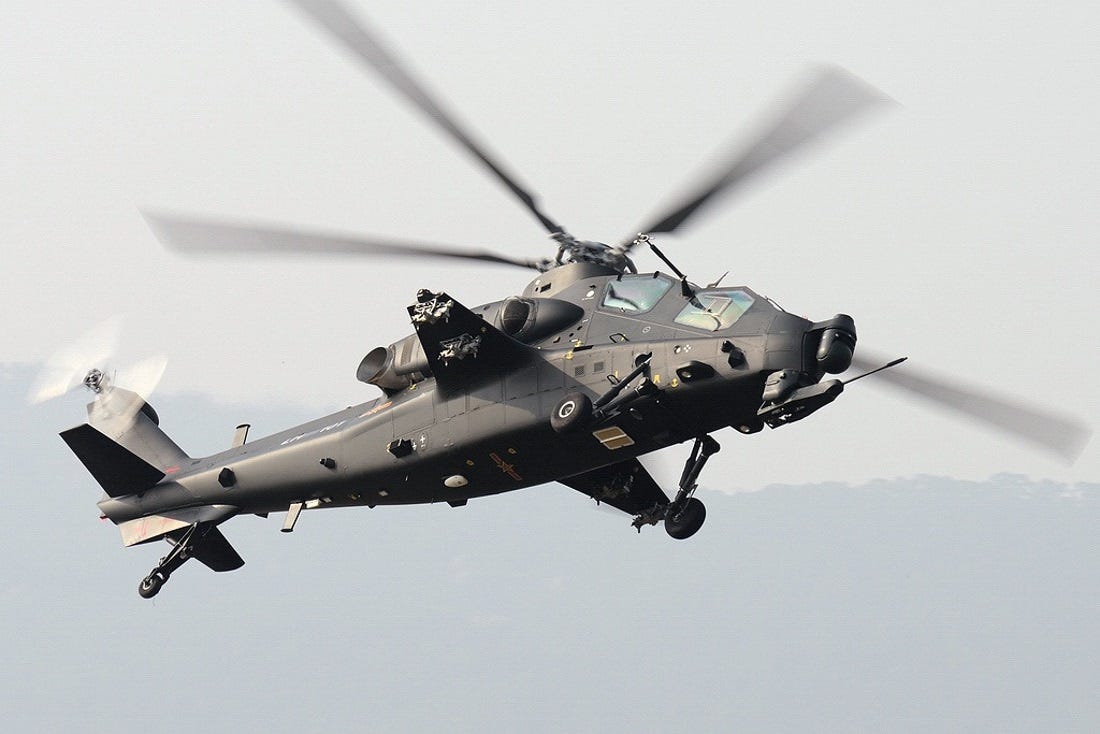by KYLE MIZOKAMI
Beijing’s defense budget will grow by 7.1 percent this year — if you factor inflation
China has announced its defense budget for 2015. Beijing will spend the equivalent of $144.2 billion dollars on its military, a 10.1-percent increase year over year.
But this probably isn’t the real number — and there are serious questions about Beijing’s defense budget. For one, how much of an actual increase will the Chinese military get? Does this keep track with economic growth? And what does China spend more on — defending against foreign enemies or its own people?
The answers to those questions are … complicated.
First of all, you can’t just solely look at China’s defense budget — you also have to see if it keeps pace with the country’s overall economic development.
 Turns out, the 10.1-percent increase is the lowest since 2007, and is in contrast to a slowing economy. China projects to grow its GDP by seven percent this year, which is the smallest projected increase in years. This has a lot to do with Beijing putting the brakes on an overheated economy and real-estate bubble.
Turns out, the 10.1-percent increase is the lowest since 2007, and is in contrast to a slowing economy. China projects to grow its GDP by seven percent this year, which is the smallest projected increase in years. This has a lot to do with Beijing putting the brakes on an overheated economy and real-estate bubble.
And that’s a difference of three percent in favor of defense, which reflects Beijing’s commitment to raising the quality of its armed forces, even as its overall economy slows down.
But you also have to take inflation into account. China’s inflation rate swings wildly from year to year, meaning that Beijing’s military spending can appear much higher than it really is.
In 2011, China’s inflation rate was 7.8 percent. Two years later, the rate was 1.7 percent. In 2010, China increased its defense budget by 7.8 percent, but an inflation rate of 6.7 percent shredded the boost — for a net increase in military spending of only 1.1 percent.
The Asian Development Bank forecasts inflation in China this year to run at three percent. If accurate, it will mean an actual defense budget boost of 7.1 percent.
Above — Chinese WZ-10 helicopter. Wikimedia photo. At top — a howitzer moves through a Beijing shopping district before the national 60th anniversary in 2009. Gadgetdan/Flickr photo
China currently spends a little more than two percent of its GDP on the military. In terms of the per-dollar amount, China spends more than every country in the world except the United States. By comparison, U.S. defense spending for 2015 will be about 3.24 percent of GDP.
NATO recommends its members spend a minimum of two percent of their GDP on defense — a target few actually hit.
Not everyone agrees with Beijing’s numbers. Critics have complained for years that China consistently under-reports its defense budget by not including spending that other countries would disclose.
In 2012, Beijing announced a military budget of $106 billion. But the Stockholm International Peace Research Institute pegged the real number at $159 billion. The Pentagon estimated it was anywhere from $135 and $215 billion.
SIPRI hasn’t yet announced its estimate of China’s 2015 budget, but applying the 10.1-percent increase to the institute’s 2014 estimate results in a number of $206.9 billion. This is roughly a third of how much America spends every year on its military.
Now if you’re still with us — here’s where it gets complicated. Because China has more than one defense budget.
China’s internal security apparatus, which controls everything from the paramilitary People’s Armed Police to the so-called “Great Firewall of China” that blocks Internet traffic, is a juggernaut which rivals the Chinese military in spending.
Beijing declined to release the numbers for its internal security budget in 2013 and 2014, leading many to speculate that it was hiding an embarrassing fact. Namely, that China might spend more on internal security — defending against its own people — than it spends on deterring externalenemies.
We don’t know if it’s true. But if it is — and if Beijing came out and admitted it — the revelation would be a public relations nightmare. And it’d turn China’s bragging about spending lavishly on defense into a double-edged sword.
 Indian destroyer INS Kolkata during commissioning trials. Photo via Indian Internet
Indian destroyer INS Kolkata during commissioning trials. Photo via Indian Internet
China’s neighbors have also started boosting defense spending. Russia’s defense budget is rising by 33 percent, while the Philippine proposed a 29 percent increase for 2015. Indonesia is set to rise this year by 14 percent, and India by 11 percent.
Malaysia is boosting its military budget by 10 percent, and South Korea by 4.9 percent. Japan is spending two percent more on defense this year, although inflation means that it spent roughly the same amount in 2007.
China’s neighbors are suddenly splurging on weapons. But it’s not a reaction to China’s growing budget. China increased military spending by 10 percent or more for more than two decades without triggering more spending region-wide.
Instead, the regional surge are in large part a reflection of China’s aggressive foreign policy, particularly in the East and South China Seas.
Since 2010, the Chinese government has sent ships and planes to the Senkaku/Diaoyu Islands in the East China Sea, the Spratly and Paracel Islands in the South China Sea, and has even started building new islandsoff the coasts of Vietnam and the Philippines.
Recently, Chinese ships and aircraft have been in bloodless confrontations with Vietnamese, Philippine, Indian and Japanese forces. As Beijing grows stronger, it’s becoming more assertive of territorial claims it has made in the past … but has had little means to enforce.
The People’s Liberation Army has once again received a generous slice of China’s fiscal pie. But like all countries, China’s military spending depends on continued economic growth. The problem is that China’s economy may soon be unable to support this new tradition of double-digit increases.
In the meantime, China’s neighbors are beginning to react — and not favorably.
Defense budgets are going up across the region — and those countries pin the blame on China. Beijing is becoming more assertive, and more and more regional capitals are starting to wonder what the point of all this spending is, and whether or not it has to do with them.
No comments:
Post a Comment